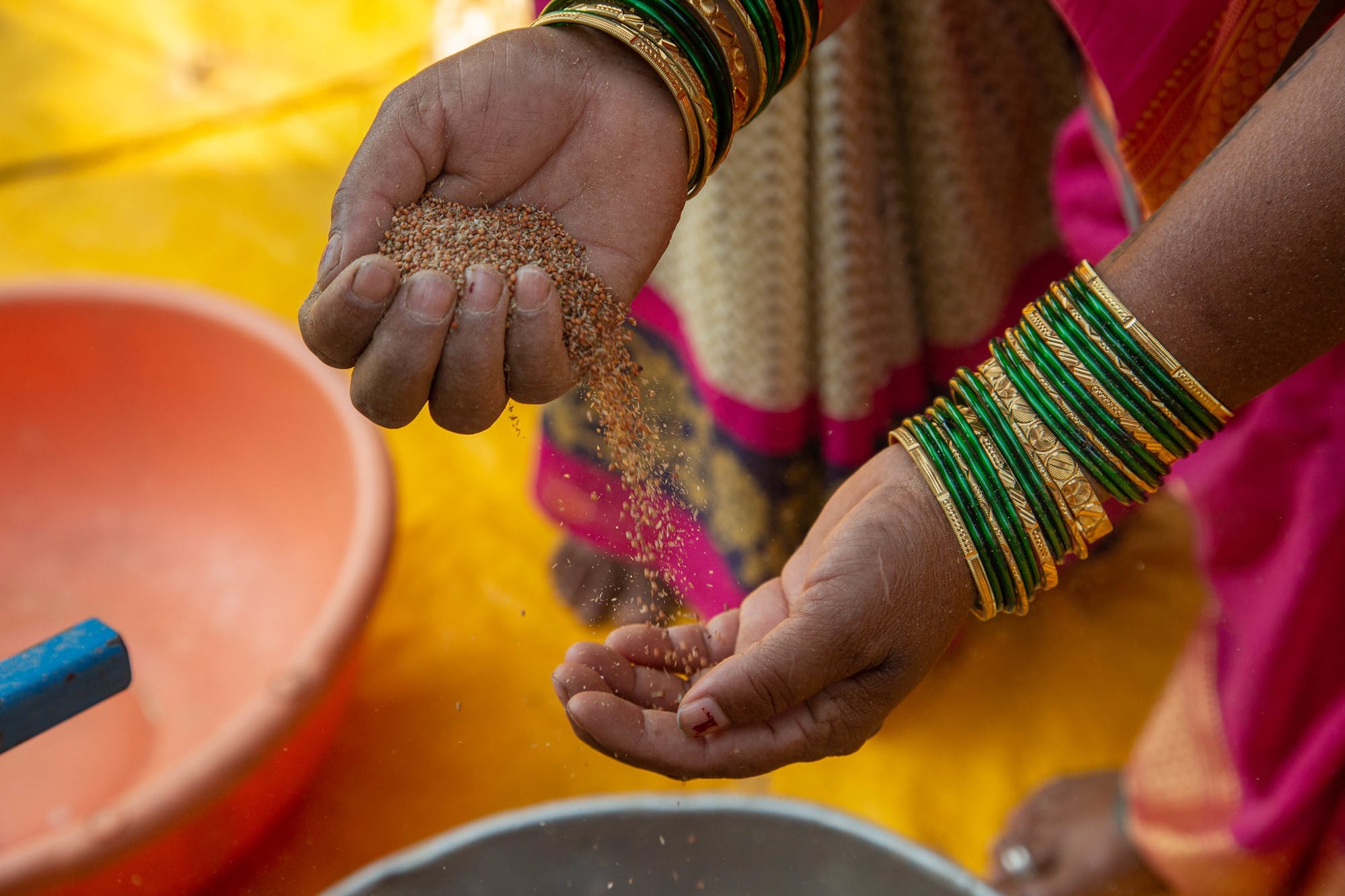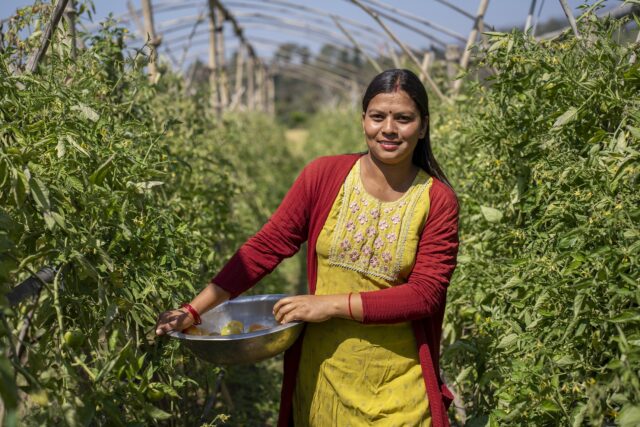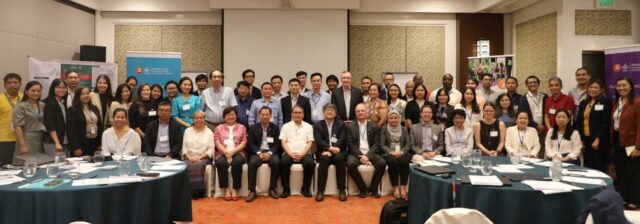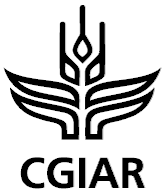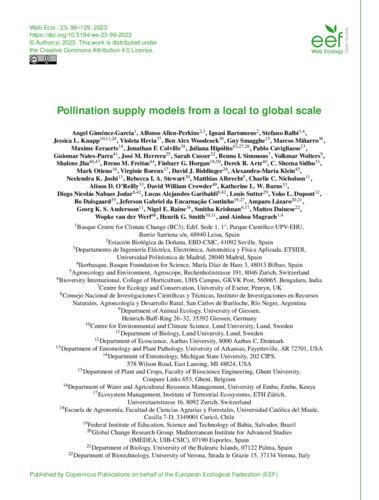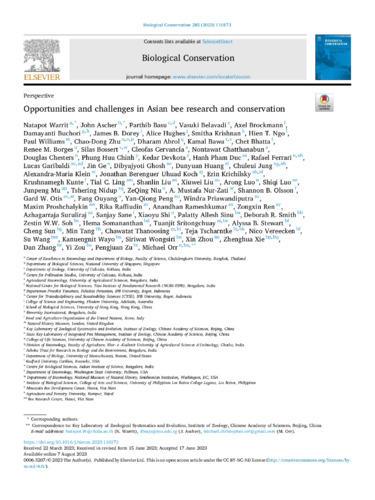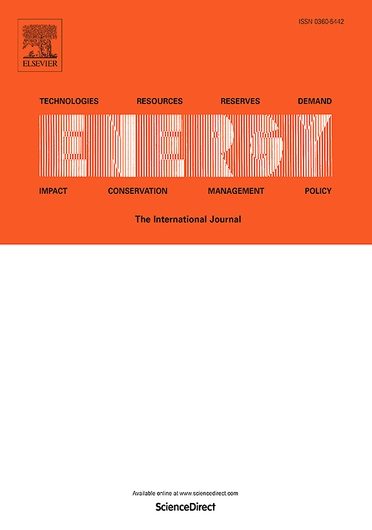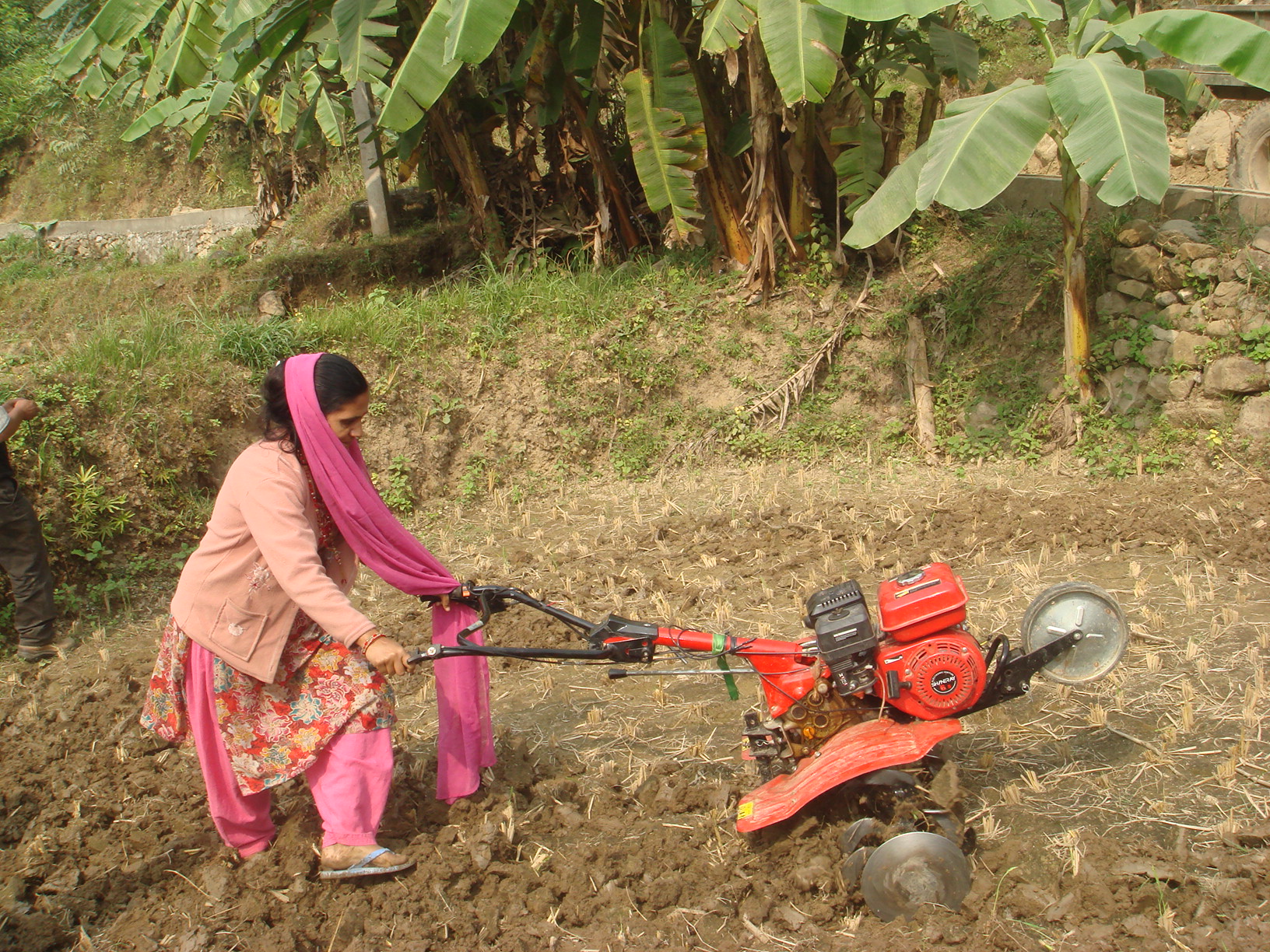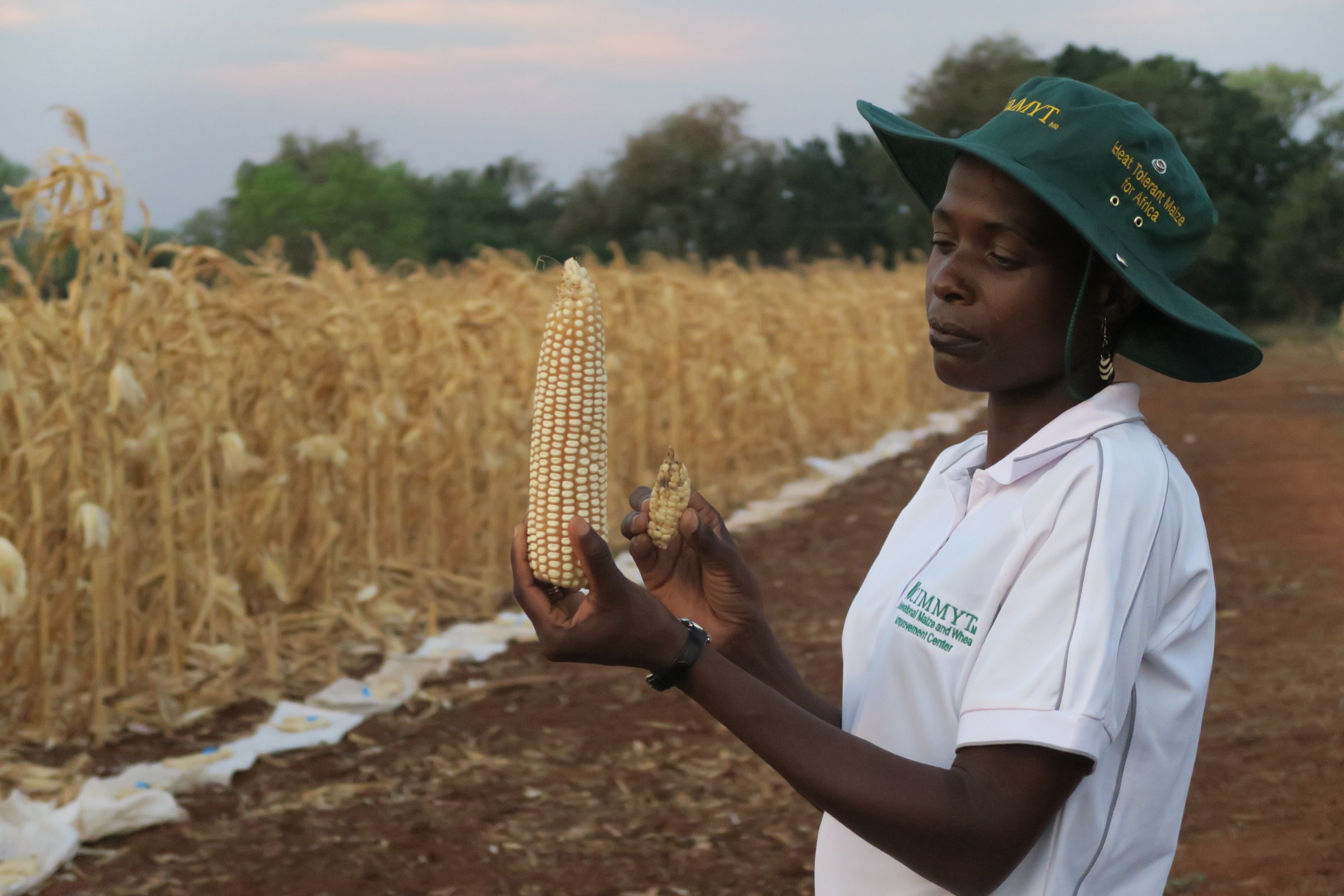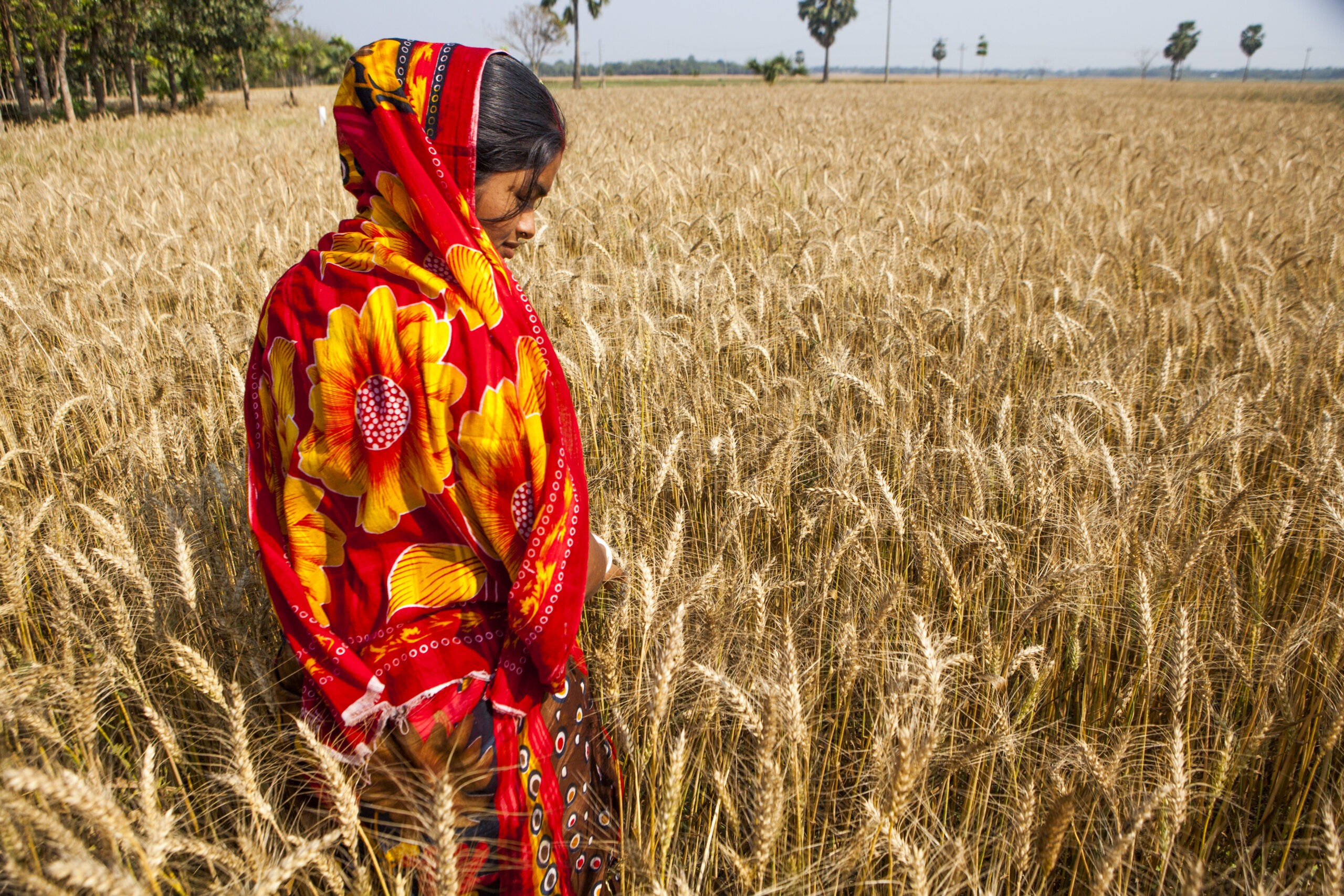Challenge
Home to one-quarter of humanity — one-fifth of whom are youth — South Asia has the world’s largest concentration of poverty and malnutrition, but also a great potential to make the global food systems more sustainable and diverse. The region’s agrifood systems face formidable poverty reduction, climate change and environmental challenges in providing an adequate and affordable supply of diverse foods required for a sustainable healthy diet. Social, economic and geographic inequalities create barriers from production to consumption, and the region’s poor consume increasing amounts of unhealthy food.
South Asia’s predominantly cereal-based farming systems are threatened by unsustainable groundwater withdrawal. Natural resource degradation, low resource use efficiency and agriculture-based air pollution undermine sustainability and affect human health. The region is challenged by rural out-migration — particularly of youth — resulting in rising labor scarcity and increased production costs. Many farmers face challenges accessing markets, extension information and equitable irrigation. These issues are exacerbated by challenges in developing appropriate policy support and contribute to nearly 22 million hectares being fallowed across South Asia following the monsoon-season rice harvest.
Objective
Working across South Asia, this Initiative aims to deliver a coordinated program of research and engagement across the food production–to–consumption continuum to support equitable access to sustainable healthy diets, improve farmer livelihoods and resilience, and conserve land, air and groundwater resources.
Activities
This objective will be achieved through:
- Developing inclusive learning platforms, public data systems and partnerships to improve the evidence base, increase data quality and accessibility and develop integrated datasets for agrifood systems transformation.
- Transforming agroecosystems and rural economies to boost income, generate jobs and support diversified food production by generating linkages between farmers, landscapes and markets, increasing farmers’ incomes and fostering environmentally sustainable rural entrepreneurship.
- Improving access to and affordability of sustainably produced healthy foods through evidence and actions across the food system to help create favourable environments for diversification by improving access to inputs for and marketability of sustainable nutritious food, and by increasing access to healthy food for the poor through changes in food retail environments.
- Overcoming behavioural and structural challenges to sustainable healthy diets by studying dietary practices of food consumers, identifying determinants of food choices and testing innovations to support consumption of sustainable healthy diets.
- Building resilience and mitigating environmental impact by tackling the linked issues of natural resources management, the context of ongoing climate change and farmers’ resilience to shocks.
Engagement
This Initiative will work in the following countries: Bangladesh, India, Nepal and Pakistan. Lessons with regional and global implications will be shared.
Outcomes
Proposed 3-year outcomes include:
- Sub-national governments, donors, the private sector and/or development partners co-develop knowledge systems and engage with networks reaching at least 5,000 stakeholders and decision-makers to inform at least four policies/programs and/or market interventions supporting agrifood systems transformation.
- Data informed actions supporting agrifood systems are implemented by sub-national governments, donors, the private sector and/or development partners, encouraging agrifood systems change in at least eight learning locations.
- Farmers implement improved farming practices and/or diversify production systems on at least 0.71 million hectares averting greenhouse gas emissions by 8.21 million tons CO2 equivalent.
- Innovations in entrepreneurial rural service provision markets and public and private extension systems are supported to accelerate uptake of improved farm management practices and production diversification by at least 0.58 million farmers including 0.20 million women.
- Business models supporting farm product aggregation, better pricing for farmers at the farm gate and/or shortened value chains benefit at least 95,000 farmers (47,500 of whom will be women).
- At least two food product supply chains reduce food waste and/or financial losses for food distributors, processors and/or retailers.
- At least five local governments engage in efforts to reshape rural food environments to support access to affordable and nutritious food.
- At least two nutrition behavior change programs operated by governments and/or NGOs provide evidence-based guidance to consumers on sustainable and healthy diets, benefiting 0.24 million people (all women).
- Gender and equity focused nutrition approaches are included in at least two agrifood systems linkage and/or social protection programs operated by governments and/or NGOs in South Asia.
Impact
Projected impacts and benefits include:
 |
NUTRITION, HEALTH & FOOD SECURITY
Overall nutrition is improved for 49.9 million people, as diversified farm production improves dietary diversity, better retail environments improve access to nutritious foods, and nutrition-sensitive social protection programs support better diets. Uptake of information on healthy diets through nutrition program platforms targeting rural women with new nutrition content further supports improvements to nutrition and health. |
 |
POVERTY REDUCTION, LIVELIHOODS & JOBS
Uptake of sustainable agricultural practices and crop diversification by farmers increases system productivity, intensity and efficiency and farm incomes, benefiting 3.26 million people. Resilience to weather shocks is also improved, preventing farmers from falling into transient poverty. |
 |
GENDER EQUALITY, YOUTH & SOCIAL INCLUSION
Around 49.9 million women benefit from health, nutrition and other programs primarily targeting them, as well as gender-focused strategies that ensure that 35–50% of populations reached with agricultural innovations and activities are women. |
 |
CLIMATE ADAPTATION & MITIGATION
Greenhouse gas emissions are mitigated through 1) increased availability of low-cost farm technologies that reduce energy use, mitigate emissions and sequester carbon; 2) diversification from rice; and 3) reduced energy consumption in irrigation through innovations generating cost parity for solar power, improved pump efficiencies and policies favoring renewable energy, averting 111.6 million tonnes of CO2 equivalent emissions. |
 |
ENVIRONMENTAL HEALTH & BIODIVERSITY
Biodiversity, ecosystem services and soil health are improved through resource-conserving agriculture and farm- and landscape-level diversification, bringing 4.36 million hectares of land under sustainable management. This includes improvements in rice-wheat system efficiencies, diversification and cropping intensification through replacement of fallows with crops in current rice-fallow cropping sequences. |
Projected benefits are a way to illustrate reasonable orders of magnitude for impacts which could arise as a result of the impact pathways set out in the Initiative’s theories of change. In line with the 2030 Research and Innovation Strategy, Initiatives contribute to these impact pathways, along with other partners and stakeholders. CGIAR does not deliver impact alone. These projections therefore estimate plausible levels of impact to which CGIAR, with partners, contribute. They do not estimate CGIAR’s attributable share of the different impact pathways.
Header photo: Jawahar, India. Photo by J. Turner/CCAFS.

